December 7, 2015
Ambitious commitments made by Green Building Councils at COP21 0
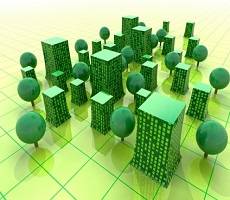 A total of 25 Green Building Councils from around the world have unveiled commitments reduce greenhouse gas emissions and ensure that the building and construction industry plays its part in limiting global warming to 2 degrees. More than 1.25 billion square metres of buildings – almost double the size of Singapore – will be registered, renovated or certified as green building space over the next five years, under ambitious commitments made by Green Building Councils at COP21 in Paris. Green building is one of the most cost-effective solutions to climate change, which generates significant environmental, economic and societal benefits. A new alliance of 16 countries and over 60 organisations, known as the Global Alliance for Buildings and Construction (which includes WorldGBC, its 74 Green Building Councils and their 27,000 member companies) is now committed to help countries meet their Intended Nationally Determined Contributions (INDCs) through green building.
A total of 25 Green Building Councils from around the world have unveiled commitments reduce greenhouse gas emissions and ensure that the building and construction industry plays its part in limiting global warming to 2 degrees. More than 1.25 billion square metres of buildings – almost double the size of Singapore – will be registered, renovated or certified as green building space over the next five years, under ambitious commitments made by Green Building Councils at COP21 in Paris. Green building is one of the most cost-effective solutions to climate change, which generates significant environmental, economic and societal benefits. A new alliance of 16 countries and over 60 organisations, known as the Global Alliance for Buildings and Construction (which includes WorldGBC, its 74 Green Building Councils and their 27,000 member companies) is now committed to help countries meet their Intended Nationally Determined Contributions (INDCs) through green building.





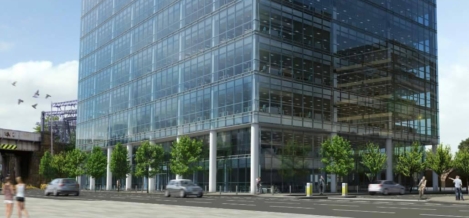
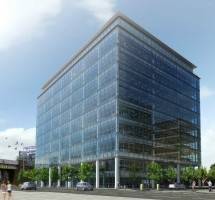
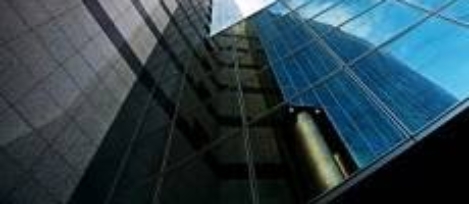
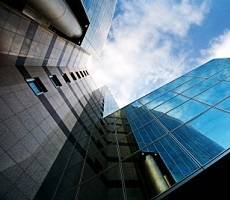









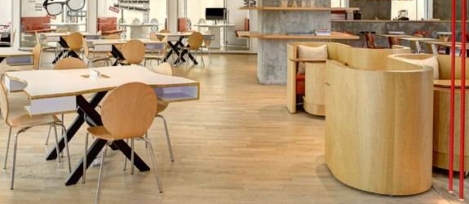
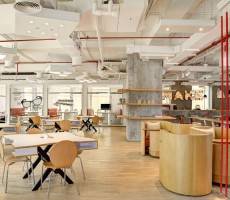
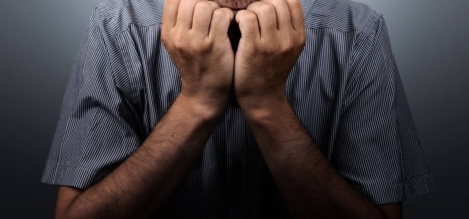









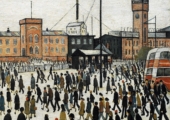
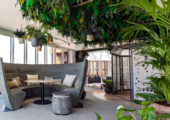
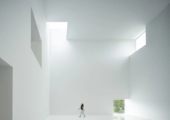


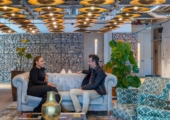
November 12, 2015
The three workplace professions need to face up to a new reality 0
by Mark Eltringham • Comment, Facilities management, Technology, Workplace
More →